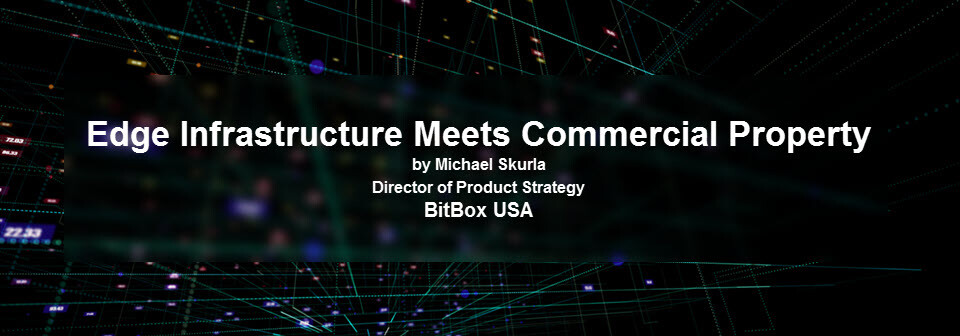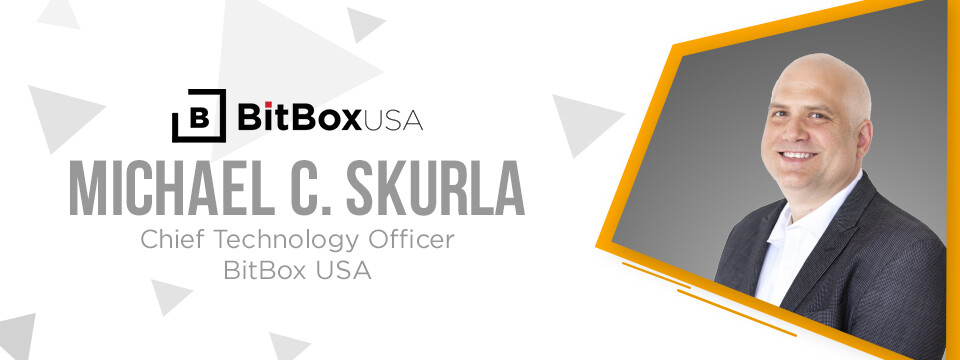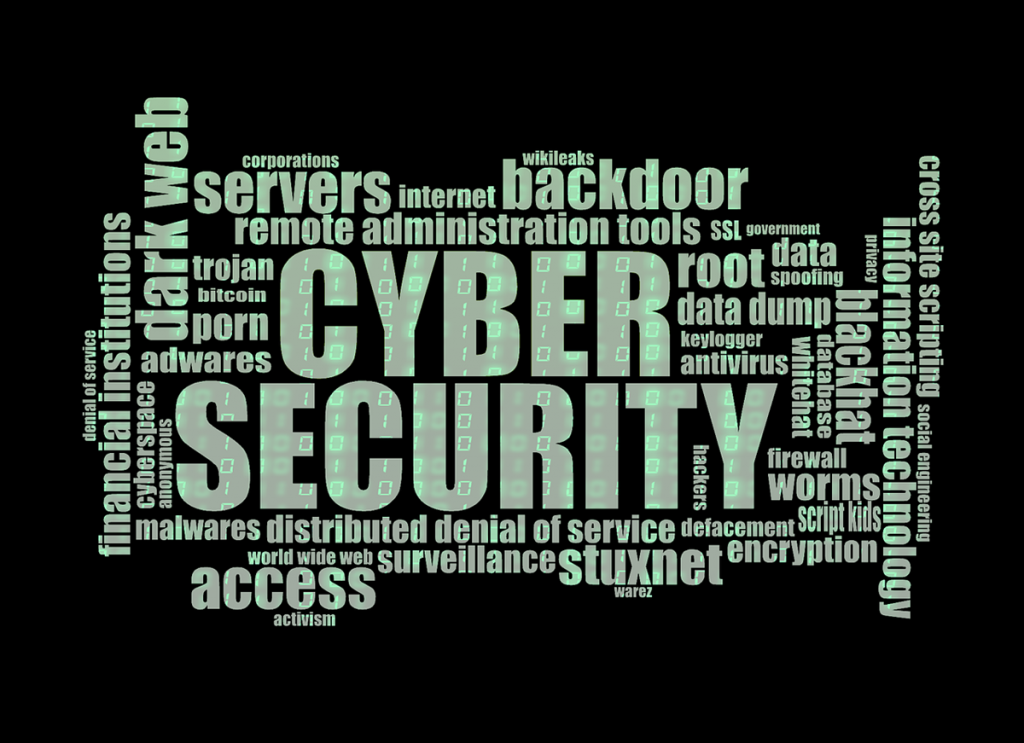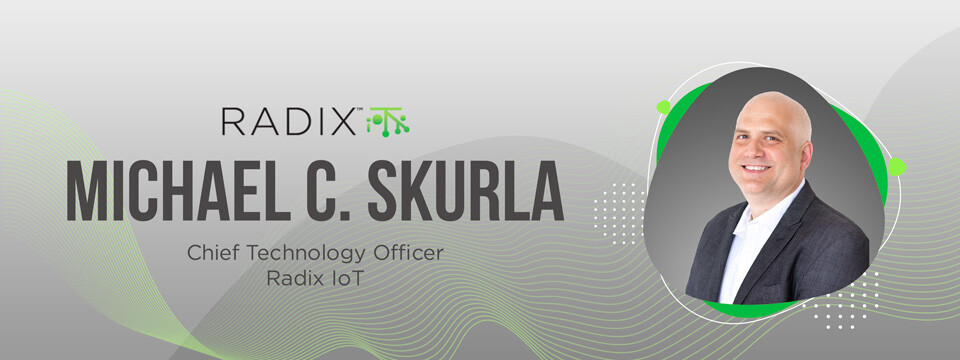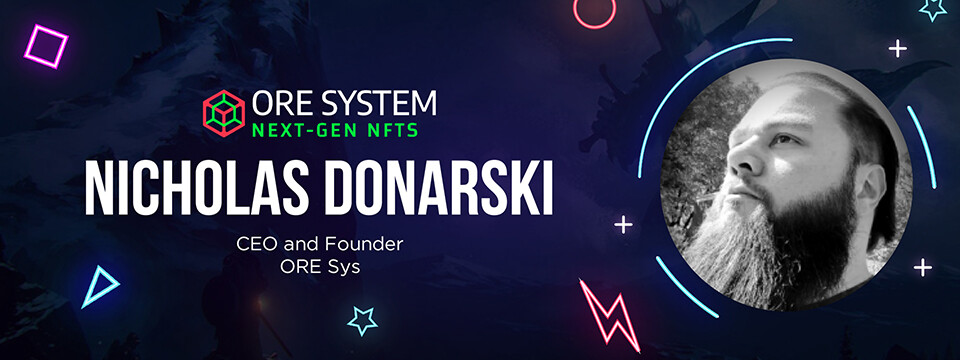By Michael C. Skurla, Director of Product Strategy, BitBox USA
Until very recently buildings had tacked on the Smart prefix with promises of solving issues that we didn’t care about or hadn’t dreamed up yet. Such things as personal control solutions, even personal temperature control cropped up. Much of these smart extras were woven with grand marketing promises of future enabled ecosystems.
At the heart of the matter, the building industry has been highly proprietary and fractured, with each solution competing for monetary attention along with numerous other building trades on any construction budget. Lighting, security, irrigation, elevators, HVAC, wayfinding and dozens more; each vying for core competency and right to play – with a desire to gain revenue share of a fixed size pie of a commercial building budget.
With the introduction of IoT in the marketing envelope, a new lease was offered on an old marketing game in commercial buildings. There was a twist, however, since commercial building companies were somewhat behind the times compared to residential buildings. People had already enabled their home or at least embraced the advantages of Connected things in their lives powered by platforms such as Alexa, Siri and Nest by Google.
Commercial Building Gaps
Building management system (BMS) companies were exceptional at adapting to the game. With a core competency grown out of HVAC, BMS solutions superbly integrate and manage HVAC, and are sudo-network based. They naturally expanded their scope using their existing frameworks as a base and excelled at building automation. However, given the siloed building industry as a whole, they still lacked the expectations residential building occupants demanded in their homes and personal lives, while meeting the newly evolved demands of commercial buildings. These gaps included:
Scale – Managing one large building is one thing but managing hundreds under one portfolio is challenging – with existing building management frameworks being cost prohibitive on a scale.
Synergy – BMSes are good at control, but lack leveraging inter-system data sets. Hence, although the BMS may control lots of systems simultaneously, it lacks (without the customization) the learning and interacting process between the systems to leverage sensing platforms for greater efficiency and insight.
Micro-Analytics – While BMSes enable facility management and facility trades analytics, they could not be used beyond the facility context. The data remained private in the context of building infrastructure.
Commercial solutions needed a new methodology to address these needs, and the IT space, ironically already had it.
Enter IoT platforms.
For years, Edge Data Centers faced the same struggle as the market matured. It’s important to note that Edge data solutions are deployed en-masse – in the hundreds or thousands across large swaths of geography. Much of the same infrastructure used in commercial buildings, such as HVAC, security and power monitoring, are similar between traditional and Edge deployments. What differs, however, is the sheer quantity, technological diversity and geographic swath. Staffing these edge locations 24×7 is impractical hence the operations must be monitored and managed entirely remotely; while also using this monitoring technology to take on tasks typically handled by on-premises staff.
IoT Platforms Offer Scale
Unlike BMSes and SCADA systems of the past, IoT platforms at their core are built with the concept of diverse data at massive scale, and with the simplicity of installation and growth. Instead of relying on onsite commissioning and often custom programming to bridge the hardware, IoT platforms natively extract data from dozens of in-building protocols and subsystems. They also normalize the data and move it to a cloud location. Additionally, the setup of these solutions is vastly nimbler and generally consists of an Edge Appliance, wired and connected to a port that allows communications with a cloud infrastructure. Everything is then provisioned, managed and monitored remotely from the cloud – making this a perfect solution not only for Edge Data Centers, but the likes of commercial building portfolios.
IoT Platforms Bring Synergy
Given the number of subsystems in a building and the growing number of technologies and IoT sensing devices, there is an exceptional opportunity to leverage data between diverse systems. There is a significant amount of redundancy in these building trades in the way of sensing, which makes this technology, when viewed holistically, expensive to install and maintain. A prime example is evident in the simplicity of an office building meeting room where most likely there are three occupancy sensors detecting if someone is there. One for temperature control, another for lighting and security, and a third for a room reservation system. But why can’t one sensor provide all this data? Each of these requires wiring, programming and a separate system to monitor.
Beyond this, there is a strong case for external data to be applied and combined with in-building data for AI-related functionality. Google Maps for traffic information, external business databases, Twitter feeds; the sky is the limit.
IoT Platforms Enable Micro-Analytics
With all of this data collected in the cloud from a portfolio of sites, the data’s value is worth significantly more to the emerging field of Micro-service Analytics. These analytics services and visualization engines tap organized data-lakes, such as those provided by the IoT platform, and transform them into context-specific outcomes. Here are some possible scenarios:
- Building data making actionable recommendations on building performance to reduce energy spend
- IWMS (Integrated Workplace Management Systems) using the same data to analyze space utilization and recommend leasing adjustments
- Retail marketing engines analyzing traffic patterns for merchandising
The analytics possibilities are endless through an ever-expanding marketplace of third-party micro-service companies, all enabled by the IoT platform and offering a consolidated API as a single source of “data” truth.
An Edge Site as a Commercial Building
IoT Platforms in the commercial property sector aggregate what is already integrated into buildings on a scale, to allow the building technologies to become alive as part of the business, and less of what is seen as a necessary evil of simple facility maintenance.
Traditional building technology solutions have met the mark on improving facility performance from an operation and maintenance perspective. It is time to move beyond this, however. Facility data can be used for considerably greater purposes to generate meaningful outcomes beyond the physical building when integrated with the breadth of other system data commonly referred to as “business operational information”.
This mix of information availability opens doors to analytics and visualization data, driven by analytics that has wide-reaching potential to have implications on the enterprises’ top and bottom line.
This certainly does not advocate an end to SCADA or BMS solutions, quite the contrary. The IoT platforms perform vital control and operations of some subsystems that should neither be duplicated nor replaced. An IoT platform layered on top of the systems discussed enhances the performance competency of the traditional silos of their core functionality to the best of their trade ability. This is done while leveraging the analysis of every bit of data, from vastly different angles, to impact the greater business good beyond just the facility sector.
In our fast-paced digitized infrastructure world merging various systems is critical to allow for profitable outcomes while enabling facility operators and managers to confidently make data-driven business decisions.
 Bio
Bio
Michael C. Skurla is Director of Product Strategy for BitBox USA, which offers a single, simple and secure IoT platform solution for enterprises to collect, organize and deliver distributed data sets from critical infrastructure with a simple-to-deploy Edge Appliance with secure cloud access.

